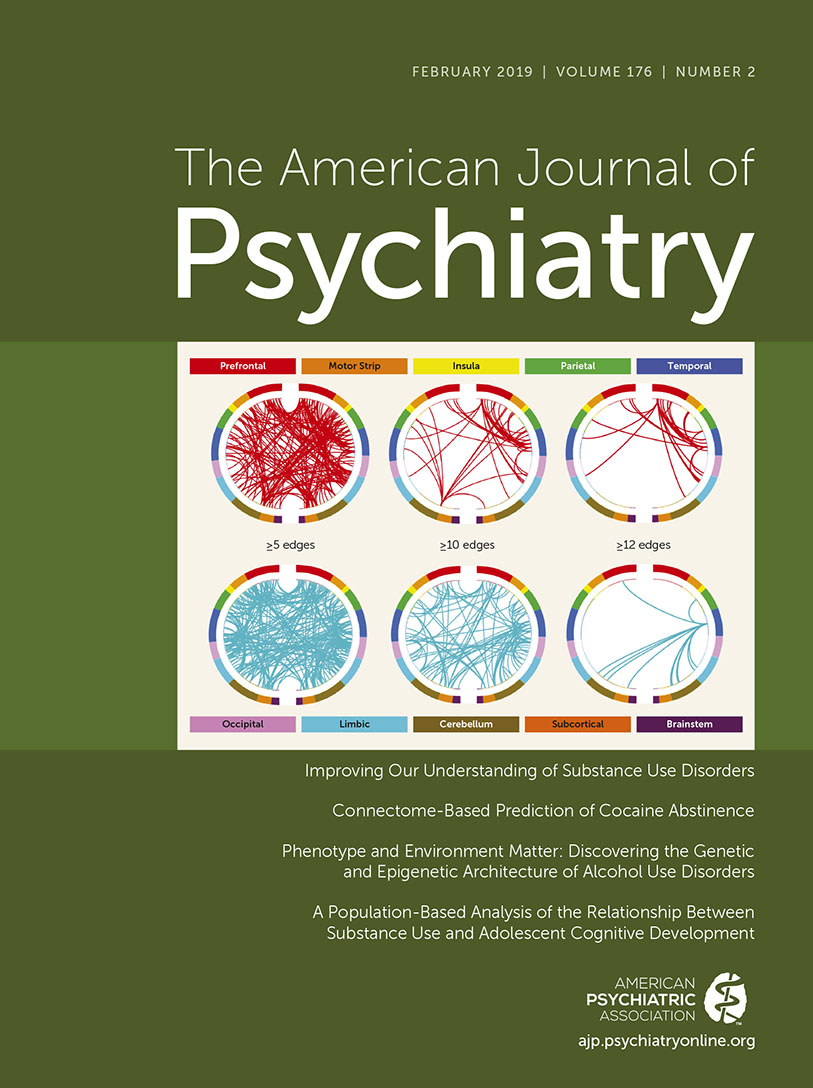A Population-Based Analysis of the Relationship Between Substance Use and Adolescent Cognitive Development
Abstract
Objective:
Alcohol and cannabis misuse are related to impaired cognition. When inferring causality, four nonexclusive theoretical models can account for this association: 1) a common underlying vulnerability model; 2) a neuroplasticity model in which impairment is concurrent with changes in substance use but temporary because of neuroplastic brain processes that restore function; 3) a neurotoxicity model of long-term impairment consequential to substance use; and 4) a developmental sensitivity hypothesis of age-specific effects. Using a developmentally sensitive design, the authors investigated relationships between year-to-year changes in substance use and cognitive development.
Method:
A population-based sample of 3,826 seventh-grade students from 31 schools consisting of 5% of all students entering high school in 2012 and 2013 in the Greater Montreal region were assessed annually for 4 years on alcohol and cannabis use, recall memory, perceptual reasoning, inhibition, and working memory, using school-based computerized assessments. Multilevel regression models, performed separately for each substance, were used to simultaneously test vulnerability (between-subject) and concurrent and lagged within-subject effects on each cognitive domain.
Results:
Common vulnerability effects were detected for cannabis and alcohol on all domains. Cannabis use, but not alcohol consumption, showed lagged (neurotoxic) effects on inhibitory control and working memory and concurrent effects on delayed memory recall and perceptual reasoning (with some evidence of developmental sensitivity). Cannabis effects were independent of any alcohol effects.
Conclusions:
Beyond the role of cognition in vulnerability to substance use, the concurrent and lasting effects of adolescent cannabis use can be observed on important cognitive functions and appear to be more pronounced than those observed for alcohol.



